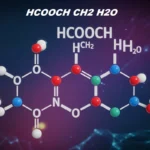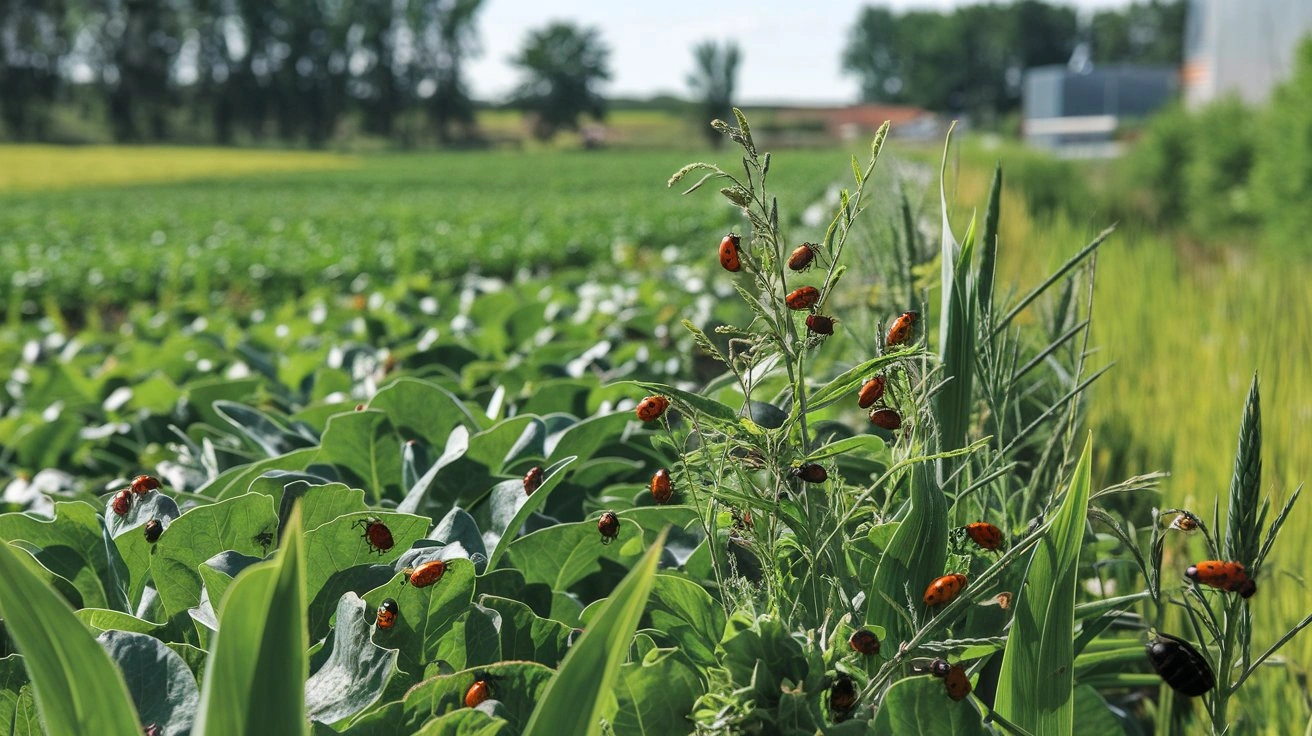Key Takeaways
- Understand the core principles of Integrated Pest Management (IPM) and its benefits.
- Explore how IPM emphasizes preventing, monitoring, and controlling pests through sustainable practices.
- Learn about practical applications and examples of IPM in different environments.
- Discover resources for further understanding and implementing IPM strategies.
Strategies for Effective Pest Management
Integrated Pest Management (IPM) is more than just a buzzword in pest control—it’s a robust strategy that integrates various techniques to manage pest populations in ecologically and economically viable ways. Unlike traditional pest control methods, which might rely heavily on chemical solutions, IPM advocates for a layered approach. By combining cultural, mechanical, biological, and chemical tools, IPM addresses pest concerns by emphasizing prevention and long-term solutions. The process often begins with understanding the specific environment in which pests thrive, allowing for tailored strategies that reduce reliance on potentially harmful pesticides. For example, in environments like Weston, you might find an exterminator in Weston who employs an IPM strategy to ensure sustainable pest mitigation, making them a model for other regions as well.
Core Principles of Integrated Pest Management
The cornerstone of effective IPM lies in its fundamental principles, which prioritize a thorough understanding of pest behaviors and ecology. Firstly, prevention is crucial—removing the conditions that attract pests means you steer clear of infestations before they even start. This could include everything from improving building maintenance to altering farming practices. Accurate pest identification is another key element; it ensures that the methods chosen are specifically targeted at the pest in question, thereby increasing effectiveness and reducing waste. For instance, mistaking one insect species for another could lead to ineffective application of control measures. Monitoring plays a significant role, incorporating regular checks to keep track of pest populations and decide if, when, and what interventions are necessary to maintain control.
Advantages of IPM
IPM offers multiple benefits, particularly in reducing the environmental footprint of pest control activities. Minimizing chemical pesticides actively contributes to environmental conservation and the preservation of non-target species. This is especially pertinent in agricultural sectors, where overuse of chemicals can lead to soil and water pollution. Additionally, IPM has significant health benefits, lowering human and animal exposure to harmful substances. For example, by employing IPM strategies, pollinators such as bees and butterflies—vital for crop production—are less likely to be adversely affected. Protecting these insects is integral for maintaining biodiversity and ensuring successful crop pollination, a process critical to agriculture worldwide. Learn more about safeguarding pollinators and the role they play in ecosystems.
Tools and Techniques in IPM
IPM leverages various tools and techniques that extend beyond mere pesticide application. Biological control, for instance, uses natural enemies such as parasites, predators, or pathogens to suppress pest populations naturally. Once the natural control agents are introduced, this approach requires very little human intervention, which makes it incredibly compelling. Cultural practices are another essential pillar, which may involve crop rotation and proper waste management to destroy pest habitats or disrupt their life cycles. Mechanical controls, such as traps and barriers, offer physical mechanisms to deter bugs and rodents. These controls are generally straightforward and serve as immediate measures against pest infestation. Integrating these methods requires a vigilant monitoring system, ensuring that control measures are applied when pest populations exceed acceptable levels. This dynamic approach allows various techniques to be used in different combinations, depending on the particular scenario and pest involved.
Implementing IPM in Different Settings
One of the significant advantages of IPM is its adaptability to different environments, be they agricultural fields, urban centers, or residential areas. In agriculture, IPM can significantly decrease crop loss due to pests, thus boosting overall productivity and sustainability. For urban settings, IPM reduces allergen sources and enhances indoor environmental quality by limiting the need for chemical interventions within enclosed spaces. In schools and other institutions, implementing IPM involves educating staff and students on maintaining cleanliness and recognizing early signs of pest infestation, thus fostering a collaborative approach to pest management. This adaptability makes IPM a highly versatile tool, capable of addressing unique pest challenges across various ecosystems.
Real-Life Applications of IPM
The real-world application of IPM techniques often involves a blend of strategic actions tailored to specific requirements. For instance, farmers might employ pheromone traps to intercept and monitor insect movement, deploying biological controls such as beneficial insects when necessary. In non-agricultural settings, sealing building entry points can prevent rodents and insects from finding shelter. Similarly, proper waste disposal and sanitation play vital roles in urban areas, denying pests the food and habitat they need to grow and reproduce. These real-world examples highlight the flexibility and efficacy of IPM by showcasing how simple actions can be adapted and applied to powerful effects. To delve deeper into the methods and impacts of IPM, the University of California’s Agriculture and Natural Resources provides detailed resources and case studies.
Challenges and Considerations
Despite its benefits, implementing IPM is not without its challenges. A comprehensive IPM program requires a significant initial investment in training and time, as understanding the intricacies of pest management is essential for success. The results of IPM implementations are often gradual, demanding patience as ecosystems adjust and pest populations stabilize over time. Additionally, measuring the success of IPM can be complex, as reductions in pest numbers may not be immediate but rather noticeable over extended periods. As a result, commitment from all stakeholders—whether they be farmers, urban developers, or homeowners—is crucial for overcoming these challenges and ensuring long-term pest management success.









